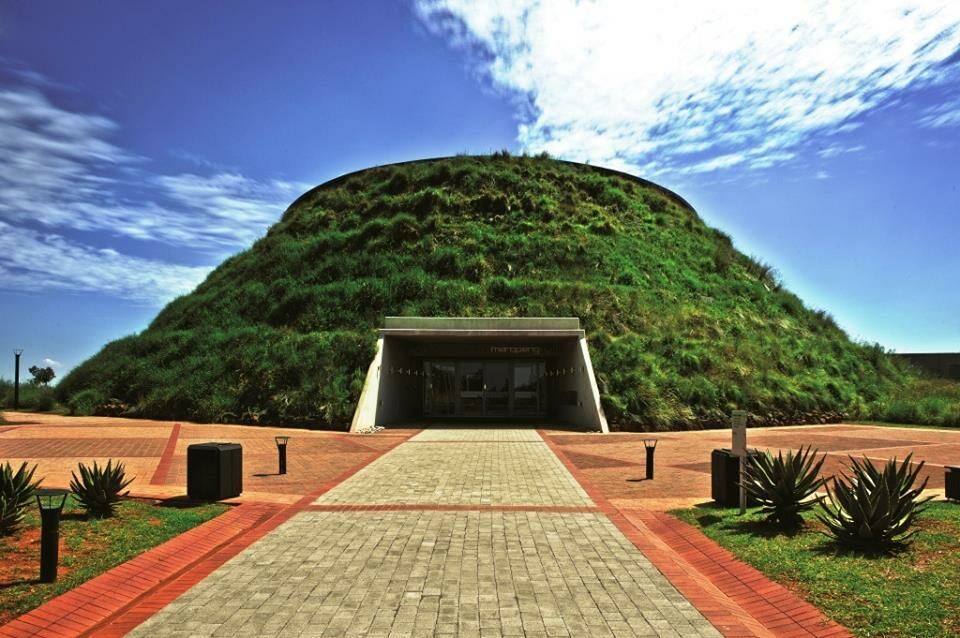The Greatest Guide To Johannesburg North Attractions
The Greatest Guide To Johannesburg North Attractions
Blog Article
Not known Details About Johannesburg North Attractions
Table of ContentsHow Johannesburg North Attractions can Save You Time, Stress, and Money.What Does Johannesburg North Attractions Do?Facts About Johannesburg North Attractions UncoveredSome Known Details About Johannesburg North Attractions The Ultimate Guide To Johannesburg North AttractionsThe 9-Second Trick For Johannesburg North AttractionsSome Ideas on Johannesburg North Attractions You Need To Know
You need to maintain safety in mind and visitors have to continue to be alert at all times when in unfamiliar environments. Talk to the citizens when you are in town to discover the location you are remaining in. Johannesburg North attractions. When on the street (this does not relate to shopping center and various other protected settings) best basic guidance is to attempt your ideal to appear like a regional and to prevent showing any kind of type of wide range
7 Easy Facts About Johannesburg North Attractions Shown
Teacher Revil Mason O. J. (Thomson, 1946) explored the Witwatersrand's pre-colonial history. His historical job exploded the 'em pty land' misconception, according to which the region was devoid of human habitation before the arrival of European inhabitants. In his publications Prehistory of the Transvaal: A Record of Human Activity (1962) and Beginnings of Black Individuals of Johannesburg and the Southern Western Central Transvaal AD 3501880 (1986 ), Professor Mason demonstrated the level of social and financial development in the area before Europeans established foot below.

The Single Strategy To Use For Johannesburg North Attractions
He showed the government's authorization, approved after he had testified keep his explorations trick. In 1874, small mining procedures were begun in the Magaliesberg, where an Australian, Henry Lewis, had actually discovered gold down payments. In 1878, David Wardrop located gold in quartz veins at Zwartkop, north of Krugersdorp. In 1881, Stephanus Minnaar encountered gold on the farm Kromdraai, near the Cradle of Mankind.
In March 1886, an outcropping (soon to be called the Key Reef) was discovered, fairly fortuitously, on Gerhardus Oosthuizen's farm Langlaagte. Some claim that the Lancastrian coal miner George Pedestrian discovered this coral reef. An additional travelling English prospector, George Harrison (who had actually formerly worked in Australian mines) acquired a prospecting permit in regard of Langlaagte in May 1886.
He decided to proceed in a pursuit for greener fields, and disposed of his Langlaagte claim for the handsome sum of 10. Alas: under lay the richest goldfield ever located. The discovery of this rich auriferous reef prompted a gold thrill that signalled the end of bucolic tranquillity in the southern Transvaal.
It would, within six years, become the largest community in southerly Africa. Within a years, it would make the Z. A. R. up until then an anarchical and insolvent little state the richest nation in Africa. By the millenium, the Z. A. R. was to surpass Russia, Australia and the USA of America to end up being the world's leading gold producer, generating more than a quarter of the world's gold.
Johannesburg North Attractions - Questions
It was referred to as Ferreira's Camp, called after Colonel Ignatius Ferreira. He was a Boer traveler upon whom the British authorities had actually presented the status of Friend of one of the most Distinguished Order of St Michael and St George (qualifying him to the post-nominal letters C. M. G.) in gratefulness for his role in the battle that had deposed the Pedi king Sekhukhune in 1879.
Quickly the camp was including tents and wagons as newcomers got here daily from everywhere. By September 1886, some 400 individuals resided in Ferreira's Camp, which soon flaunted upreared iron and wood buildings. Two other camps were developed: Meyer's Camp on the farm Doornfontein, and Paarl Camp. The latter was nicknamed Afrikander Camp; lots of people from the Cape Swarm worked out there.

The smart Trick of Johannesburg North Attractions That Nobody is Talking About
This name acquired money by word of mouth, such that the State Website Secretary affirmed the name to the Mining Commissioner on 9 October 1886. Stands in the village were auctioned on 8 December 1886. While some stands were cost 10, others were torn down for as low as sixpence.
Two years later on, these erven were to change hands for as high as 750 each. The tented camps diminished as a dorp of corrugated iron structures created and expanded north of the mines situated along the Key Coral Reef Road. Areas such as Jeppe's Community (where working-class immigrants erected their houses) and Doornfontein (where the affluent brand-new 'Randlords' started to create their extravagant houses) were quickly contributed to the ever-expanding map of the town.
The Buzz on Johannesburg North Attractions
Apart from the street names, there why not find out more were no indicators of Johannesburg being situated in a Dutch-speaking country., nearly every person talked English and also the Federal government servants addressed one in English, unless they were first dealt with in the Taal (or Reduced Dutch)'.
Britain had a passion in i was reading this making certain optimum conditions for gold production on the Witwatersrand, and that the gold was exported to London rather than Berlin an important made all the a lot more clamant by the Z. A. R.'s enhancing toenadering with Germany. Mine owners were on a clash with Head of state Kruger, whose plan of monopolistic concessions (frequently granted to his cronies) avoided mining companies from acquiring products of materials (especially dynamite) and work on their own, cheaper terms
The Johannesburg North Attractions Diaries
In 1890, the Volksraad had actually limited the franchise to white guys who had stayed in the Z. A. R. for fourteen years or longer, therefore invalidating most of the immigrants (that happened to be the significant contributors to the fiscus). Nevertheless, agitation for the ballot was a mere pretext for promoting a various schedule; the majority of uitlanders concerned themselves as short-lived visitors and had no intent of remaining in the Z.
Report this page